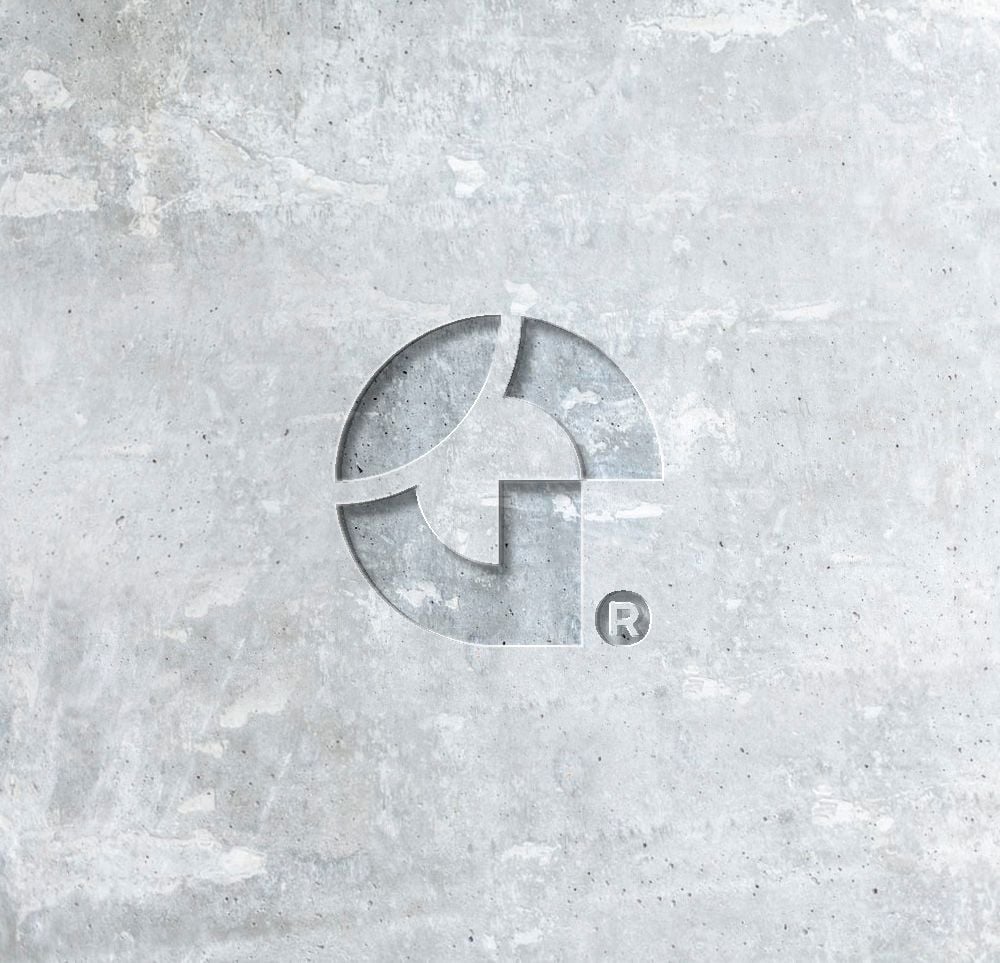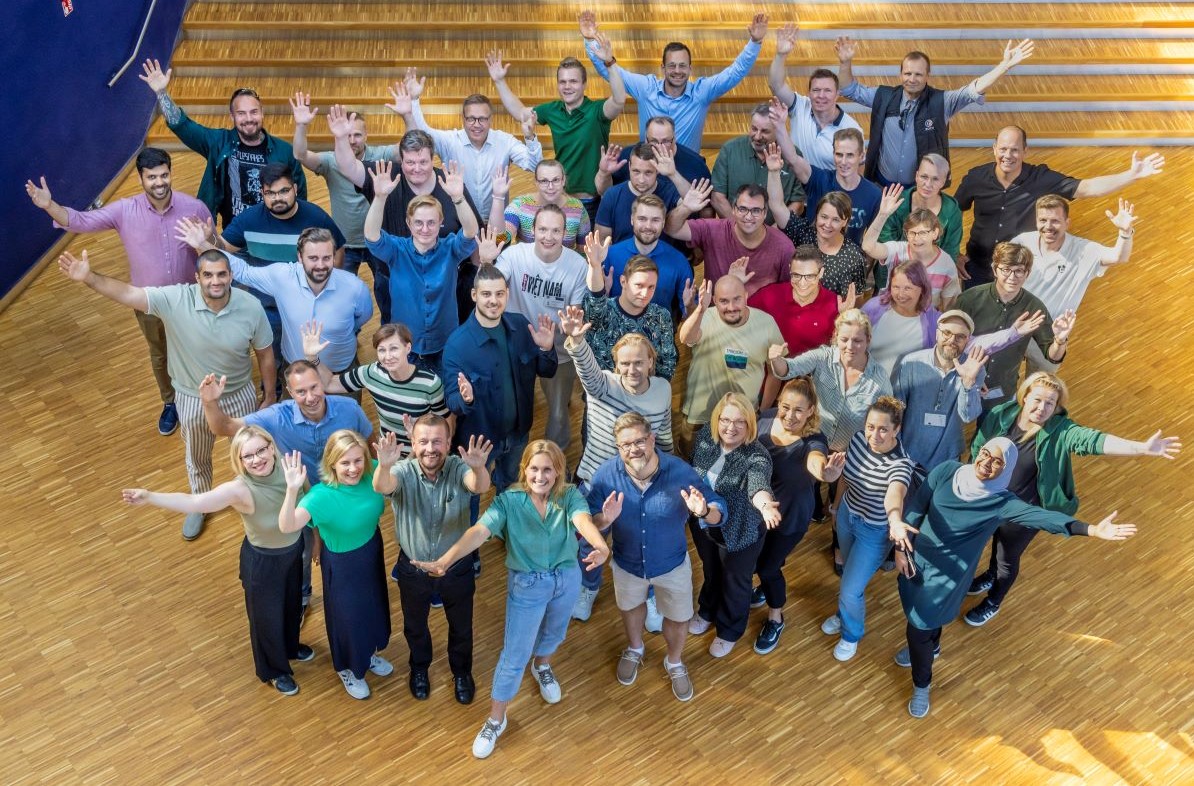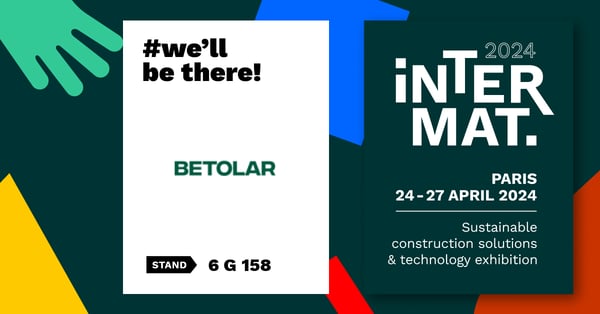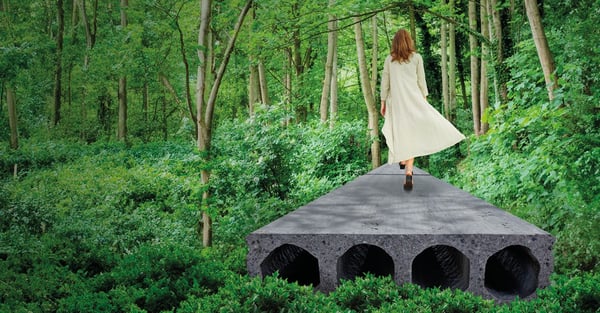Subscribe to the latest news
Sign up to receive updates on sustainable solutions and low-carbon materials from Betolar.
Geoprime is the secret recipe for reducing CO2 emissions. Learn more

View a video
I want to reduce the CO2 footprint of hollow-core slabs and other construction products
.jpg) Discover
Discover
I want to reduce the CO2 footprint of my landscaping and infrastructure concrete products
_lr.jpg) Discover
Discover
Press releases, company releases and management transactions
Quality articles and industry events
Success cases from our customers
Learn more about our story and Betolarians
Interested in working at Betolar?
Become one of our trusted partners
Fill a form to contact us and we'll get back to you
Betolar careers
Reckon you are just the forward thinking professional we are looking for? Let us know about you!
Check available job positions
Check available job positions
Interim report
Check the webcast recording of our Financial Statements Review
View webcast
View webcast
Ville Voipio
23.3.2023

After the energy efficiency of buildings, focus will turn to materials
According to the UN environmental program, reducing carbon dioxide emissions from the construction sector globally by 2050 is crucial.
"In order to reduce total emissions, the industry must improve the energy efficiency of buildings and reduce the carbon footprint of building materials. Building material manufacturers and the construction industry as a whole must commit to reducing their carbon dioxide emissions in their entire value chain", the UN report states.
Although energy is the largest life-cycle emission of buildings in the EU (approx. 45–48%), materials come second with almost the same amount of emissions (approx. 40–45%). That's why the building materials industry has to take responsibility for its impact on emissions. As the EU has decreased the energy consumption of buildings with regulation, materials are expected to come into focus for new regulations soon – and quite rightly so. Change must extend to cover the entire value chain.
In order to enable a quick transition to low-carbon concrete products, Betolar has introduced a cement-free alternative to the market as well as solutions that support the use of mixed cements. Forerunners in Europe and Asia already manufacture precast concrete products completely without cement using our Geoprime solution. As standardization progresses, new product groups will join.
Together with our partners, we research and develop the use of cement-free and low-carbon concrete in load-bearing structures and in the manufacture of partitions. In the transition phase, we are able to contribute to mixed cement products. But climate goals and the saving of virgin nature ultimately requires concrete produced entirely without cement.
The green transition is no longer a beauty contest but a hard economic fact
For companies, climate targets are less just for marketing purposes or to comply with existing regulations. There is a genuine commitment to responsibility within many organisations, with a focus on proactive management and dialogue throughout the value chain.
The consulting company KPMG measures commitment on a four-step scale. Pioneers and early adopters in the construction sector reduce their own regulatory risk both in terms of energy consumption and building materials. Retroactive regulation, such as in the EU's energy directive, means for a real estate investor, for example, that the climate effects of buildings are a dormant risk in the portfolio, which must be proactively managed.
According to the UN Environment Programme, governments, especially cities, must implement policies that promote the transition to a circular economy of materials. Also financial interests can drive the change.

Ville Voipio
Chief Commercial Officer



Contact us to hear more.

Sign up to receive updates on sustainable solutions and low-carbon materials from Betolar.